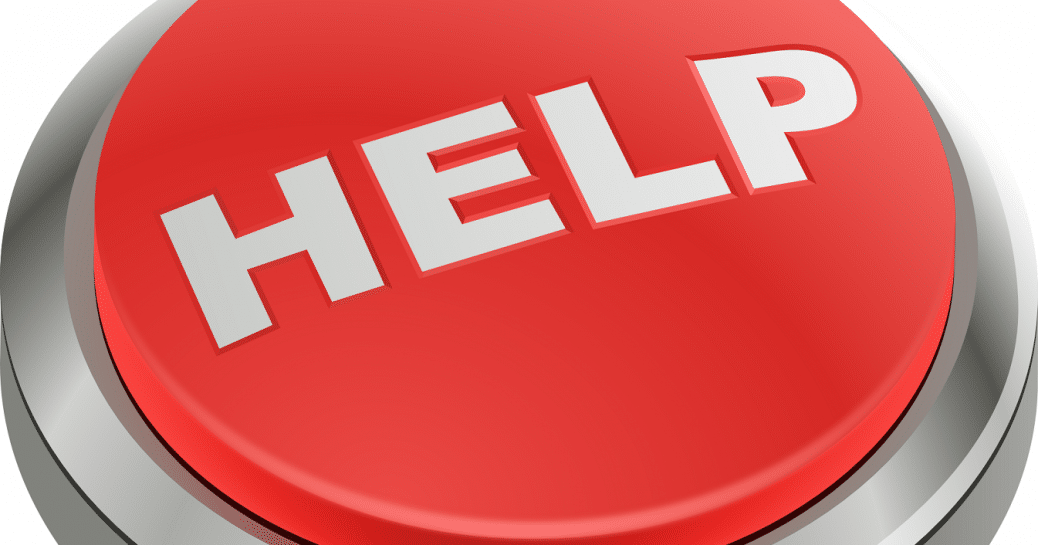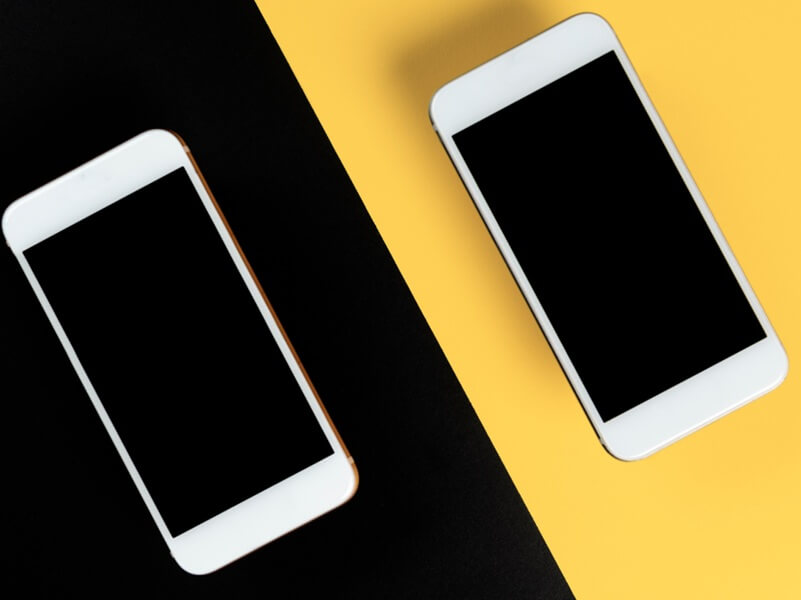VoIP phones are a considerable improvement over traditional landlines. The new technology is relatively inexpensive and offers more features. From a user perspective, the experience doesn’t change much. Making and receiving calls on VoIP phones works similar to landlines. You can also get features that were not possible with PSTN lines such as video conferencing, visual voicemail etc.
However, some features that users take for granted are not always present in VoIP. Sometimes they are implemented in a different manner or the user experience isn’t as intuitive as it used to be. For instance, VoIP technology allows for digital faxing. It is possible for users to send and receive faxes but you don’t need an actual fax machine to do so. Instead, users can fax documents from their email inbox.
Emergency Services
Access to emergency services is one of those things people don’t notice until they really need it. Consumers are so used to having 911 access that they don’t even think about it when they upgrade to VoIP technology. However, 911 calling is one of the few landline features absent in the first generation VoIP services. Even today, some vendors do not support emergency calling and advise their users to have a backup phone line just in case.
Access to emergency services is crucial to get help where it is needed. So why would VoIP vendors not offer the service? The answer is quite straightforward. VoIP phone numbers are location independent, it’s one of their core features. It’s the reason why VoIP numbers are portable i.e. you can take them with you when you move. Enterprises can reassign numbers to employees in different locations based on their requirements.
It is also the reason why VoIP services could not offer emergency dialing in the early days. When a person places a call to 911, they cannot always give their physical address. Since landlines are always associated with an address, dispatchers can send emergency services to the correct location. VoIP numbers are portable which means dispatchers don’t have a way of identifying the caller’s location.
VoIP – E911 Calling
The FCC has specific requirements for interconnected VoIP services to enable 911 access. Unfortunately, VoIP services that do not fully interconnect with the PSTN are not required to follow the same rules.
To minimize risks to public safety, VoIP vendors have to provide emergency dialing as a standard feature and users cannot opt out of it. Providers are also required to get an address from the user when they get service for the first time. By extension, users should also have an easy way to update that address when they move.
While enterprises may be aware if their service provider interconnects with the PSTN, most individual users have no idea. If the vendor you use is not required to offer E911, you face certain risks when dialing emergency services. The call may not connect to the public safety access point (PSAP) or may connect to lines that are not staffed after business hours. If you are unable to give a call back number or address, the dispatcher cannot get that information automatically.
Even if your vendor does provide emergency access, your call may not connect if you lose power, Internet access or the network is overloaded with traffic. If you haven’t provided a physical address to the vendor or forgot to update it recently, emergency personnel may not be able to respond appropriately. In fact, dispatchers may send first responders to the wrong address on file wasting valuable time and resources.
Set Up VoIP Emergency Services
If you have VoIP service at home or thinking of switching, ask the vendor if they offer emergency service access. If they do, make sure to enter your address as soon as possible. Set a reminder to check on it every six months or so. Make sure you know the process to update the location when it changes. Remember that lack of power or Internet access can prevent 911 calls from connecting. It is always a good idea to have a mobile phone as a backup for those situations.
It is important that enterprises also set up emergency services for their employees. In most cases, users have to log into their individual accounts and enter the location information. After all, you want your employees to be able to call for help should an emergency occur in the office.
All your VoIP phones should be connected to the backup power supply as well. Many companies do this by default since you don’t want your phones to stop working when there is no power. You should also have fallback alternatives if the Internet connection goes down. No one knows when they might have to contact emergency services for help. Have you set it up for your business?




